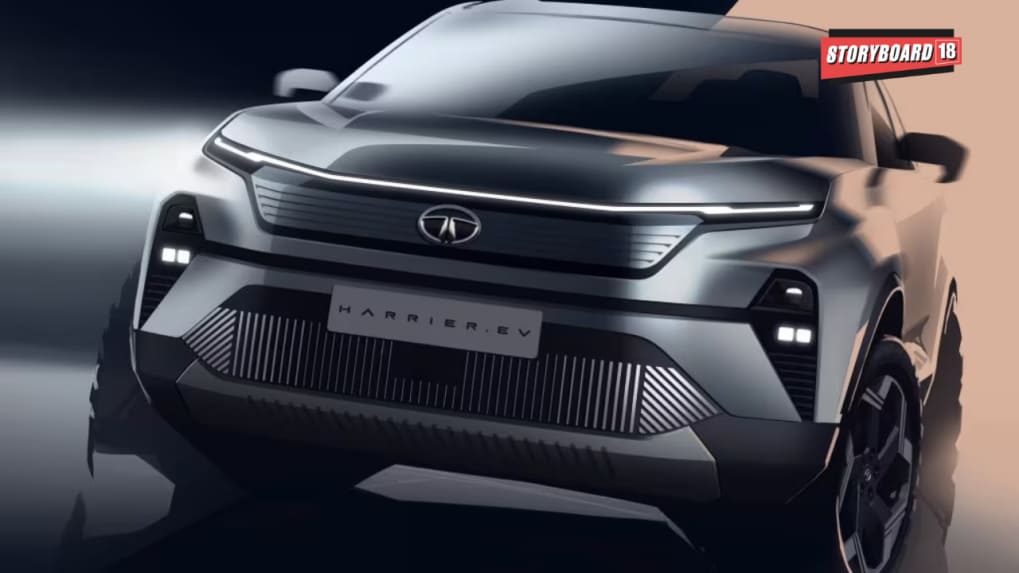Tata Harrier.ev accident raises safety concerns; company cites vehicle rollback, not summon mode
A fatal Harrier.ev accident in Tamil Nadu sparked safety concerns; Tata Motors denied Summon Mode use, citing slope-induced rollback pending inspection.
ADVERTISEMENT
A fatal accident involving Tata Motors’ newly launched Harrier.ev in Avinashi, Tiruppur, has sparked fresh concerns around the safety of advanced driver-assist features in electric SUVs. As per the media reports, the incident, which claimed the life of a man on August 14, was captured on CCTV and has since circulated widely on social media.
Unverified claims suggested that the Summon Mode, a parking assist feature allowing the car to move autonomously for short distances, may have been engaged. However, Tata Motors has denied this, stating that preliminary observations indicate the SUV rolled back on a slope due to gravity rather than because of a motorized function.
“Our thoughts, prayers, and heartfelt support are with the deceased's family. Preliminary checks suggest the vehicle rolled back from the top of a slope and ricocheted after striking an object, implying the motor was not engaged,” Tata Motors said.
The automaker clarified that the SUV has remained operational with the family since the incident and awaits a detailed inspection.
Read More: Tata Motors re-enters South Africa's passenger car market after six years
The accident puts a spotlight on emerging safety risks tied to semi-autonomous features such as Summon Mode, especially in Indian driving conditions where slopes, uneven terrain, and user unfamiliarity can complicate outcomes. With automakers increasingly introducing advanced driver-assist technologies, the Harrier.ev case could reignite debates around regulations, consumer awareness, and liability in mishaps involving AI-driven vehicle features.
Launched recently at a starting price of Rs 21.49 lakh (ex-showroom), the Harrier.ev offers up to 627 km range per charge, with RWD and QWD variants powered by 65 kWh and 75 kWh battery packs respectively.
Read More: India’s Used Car Boom: Rs 4 lakh crore market grows faster than new vehicles, set to triple by 2030
Read More: Indian auto giants rev up for battle as Tesla enters domestic market

